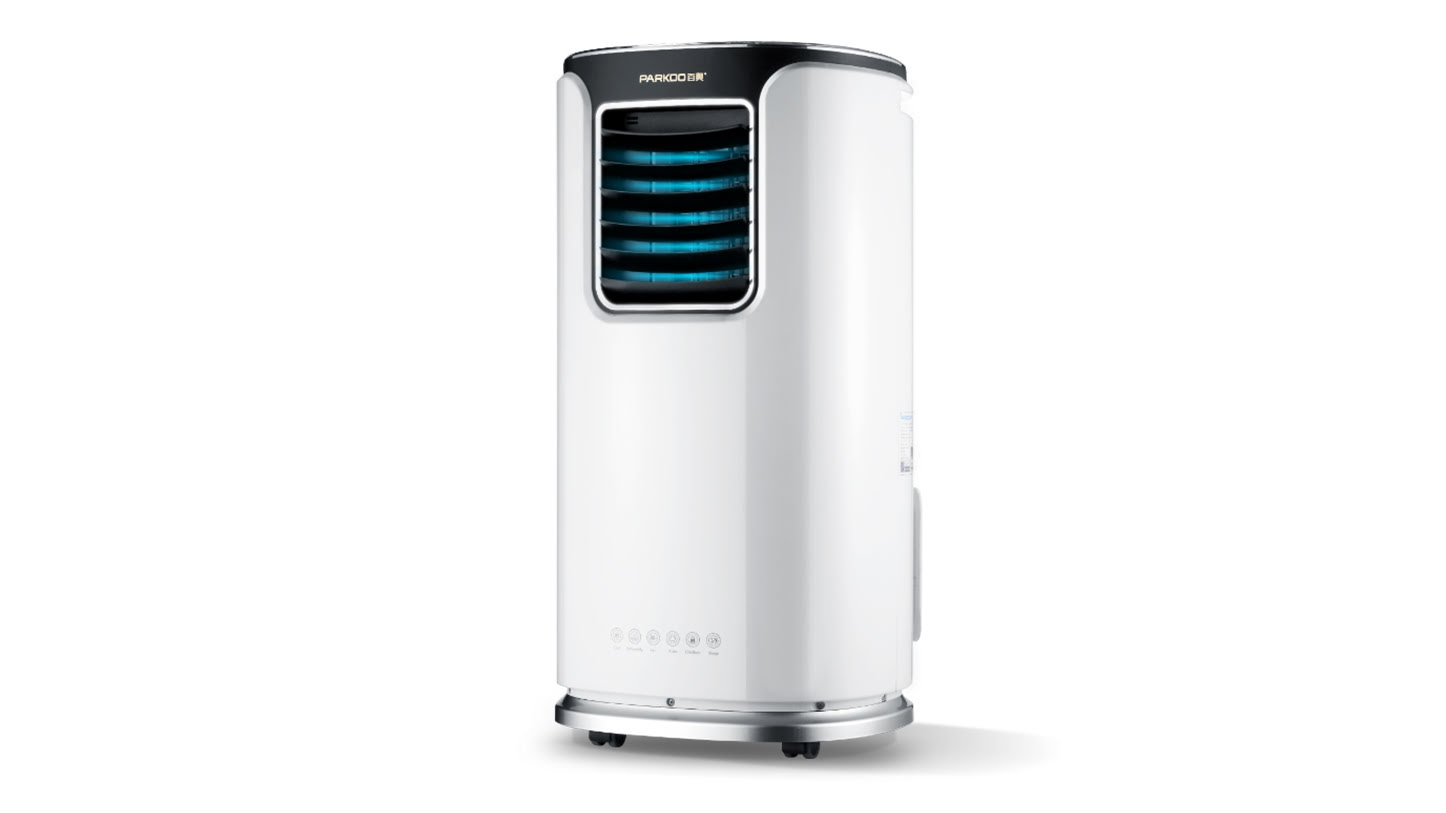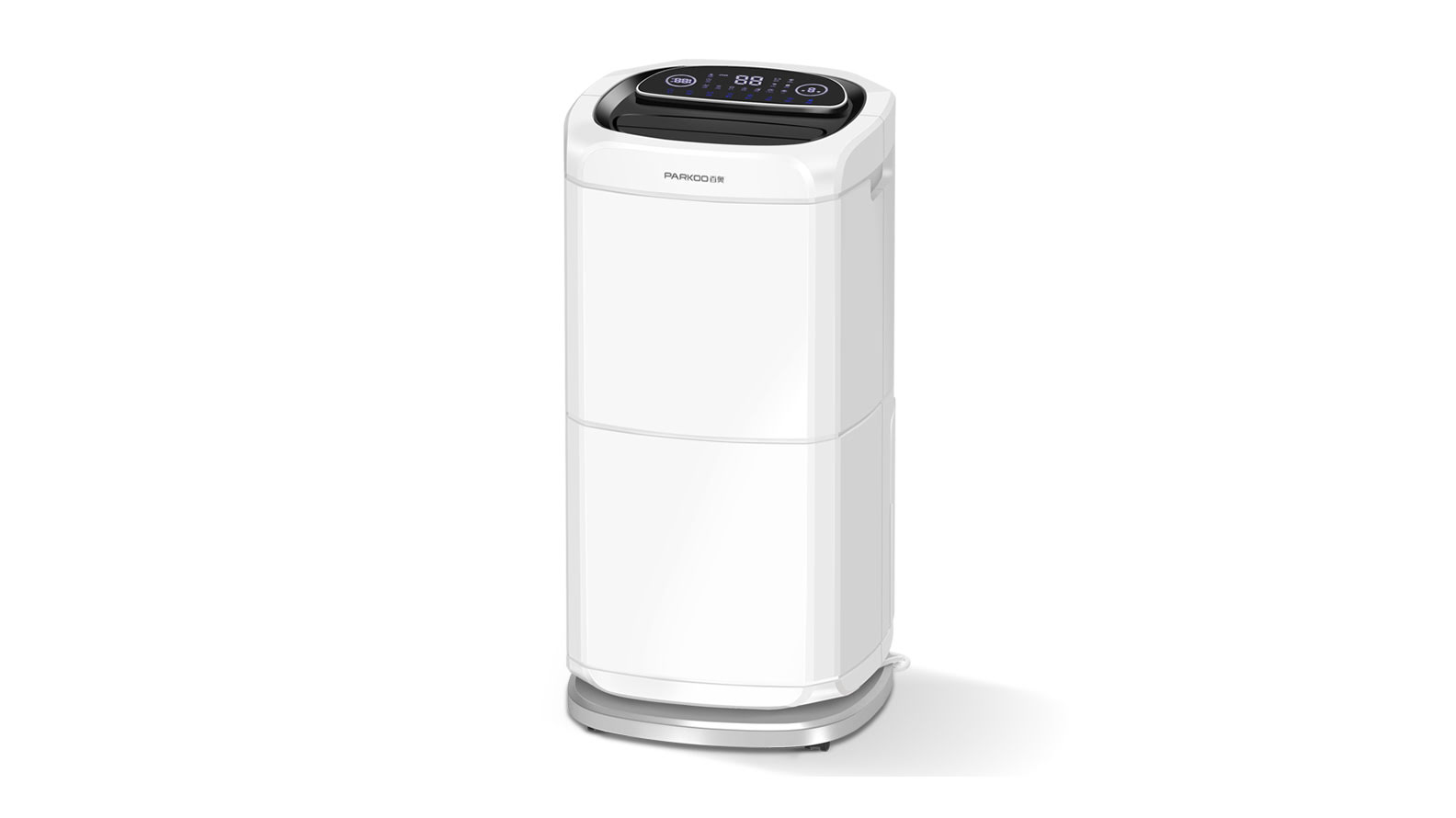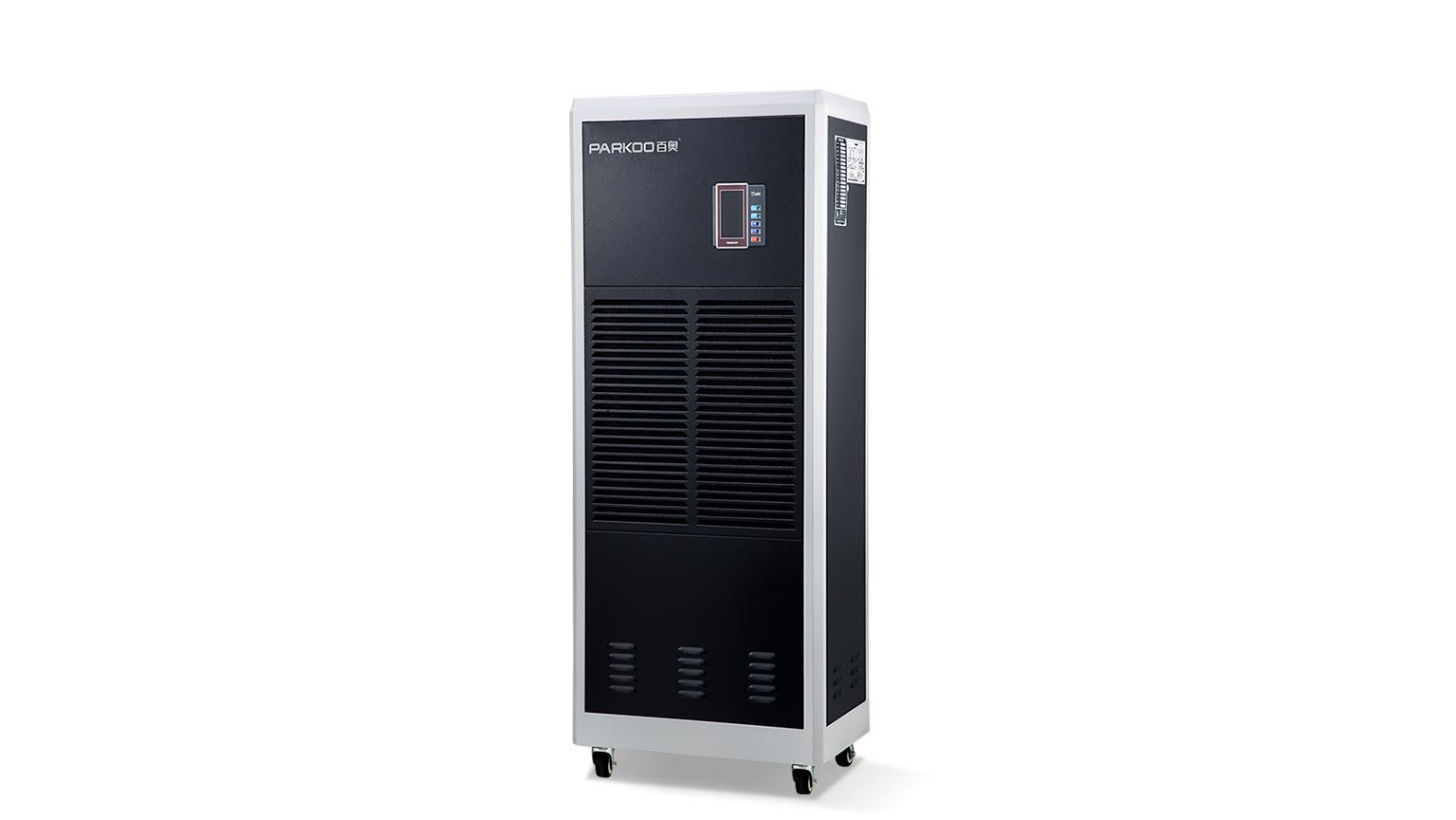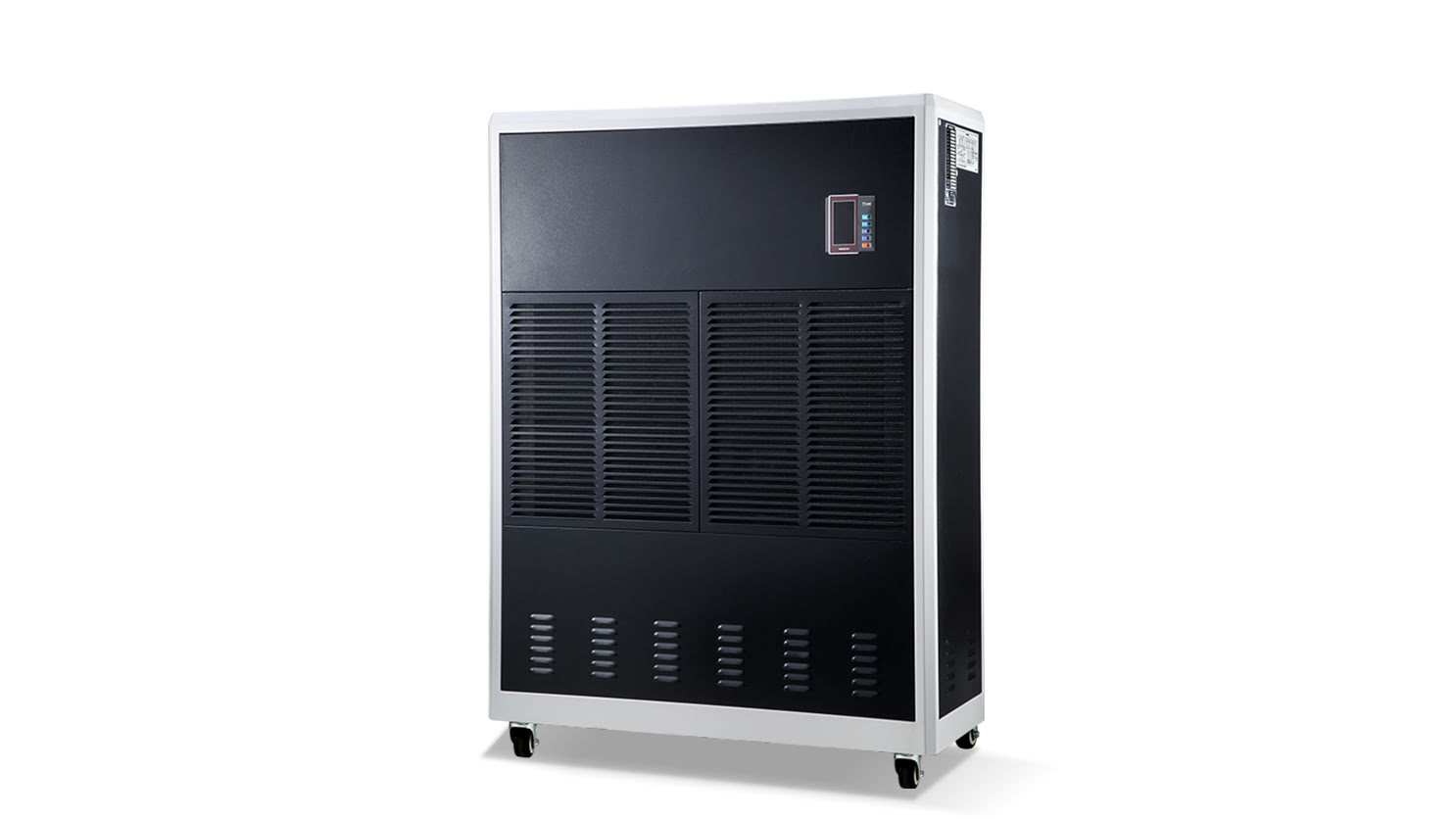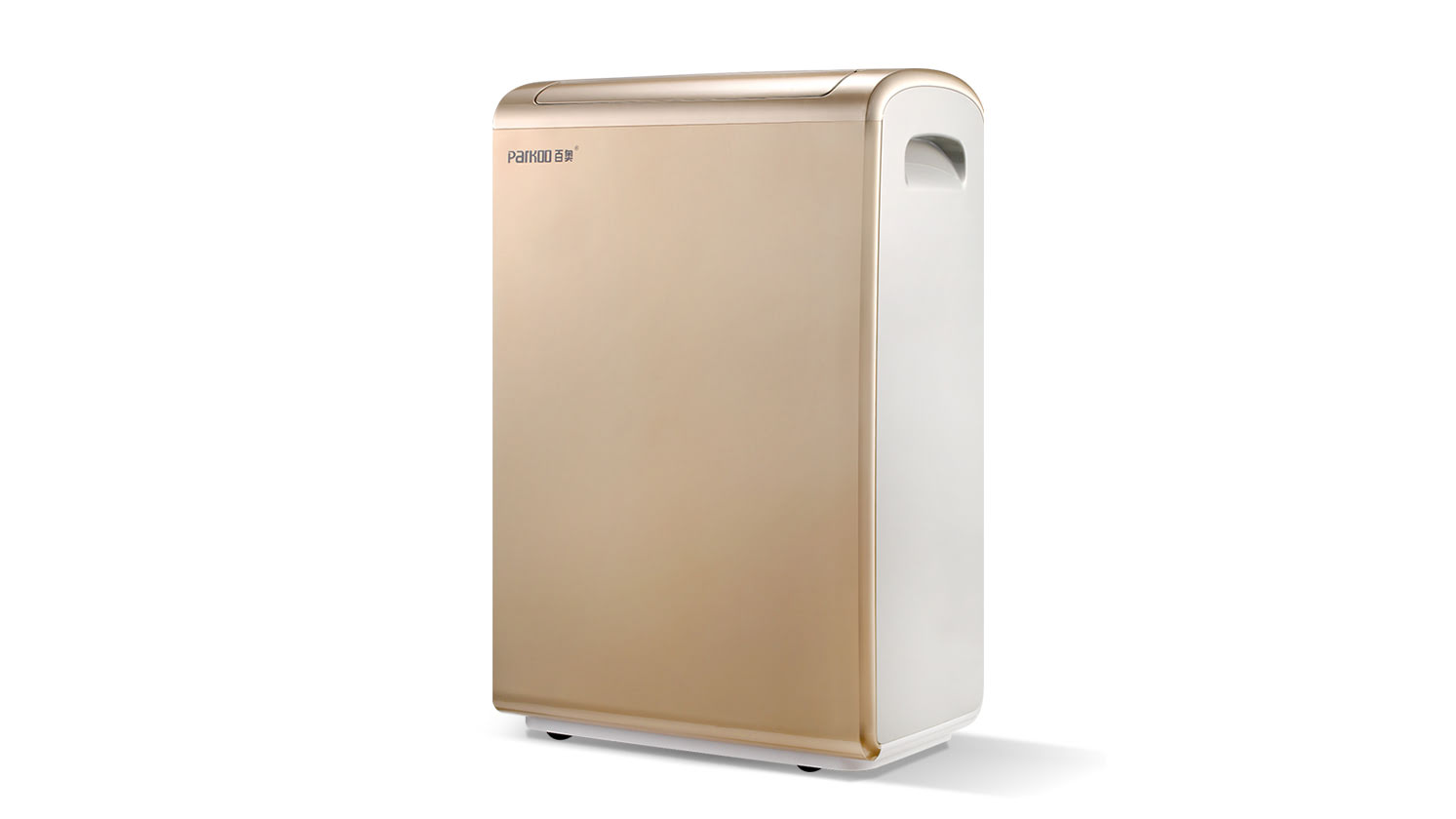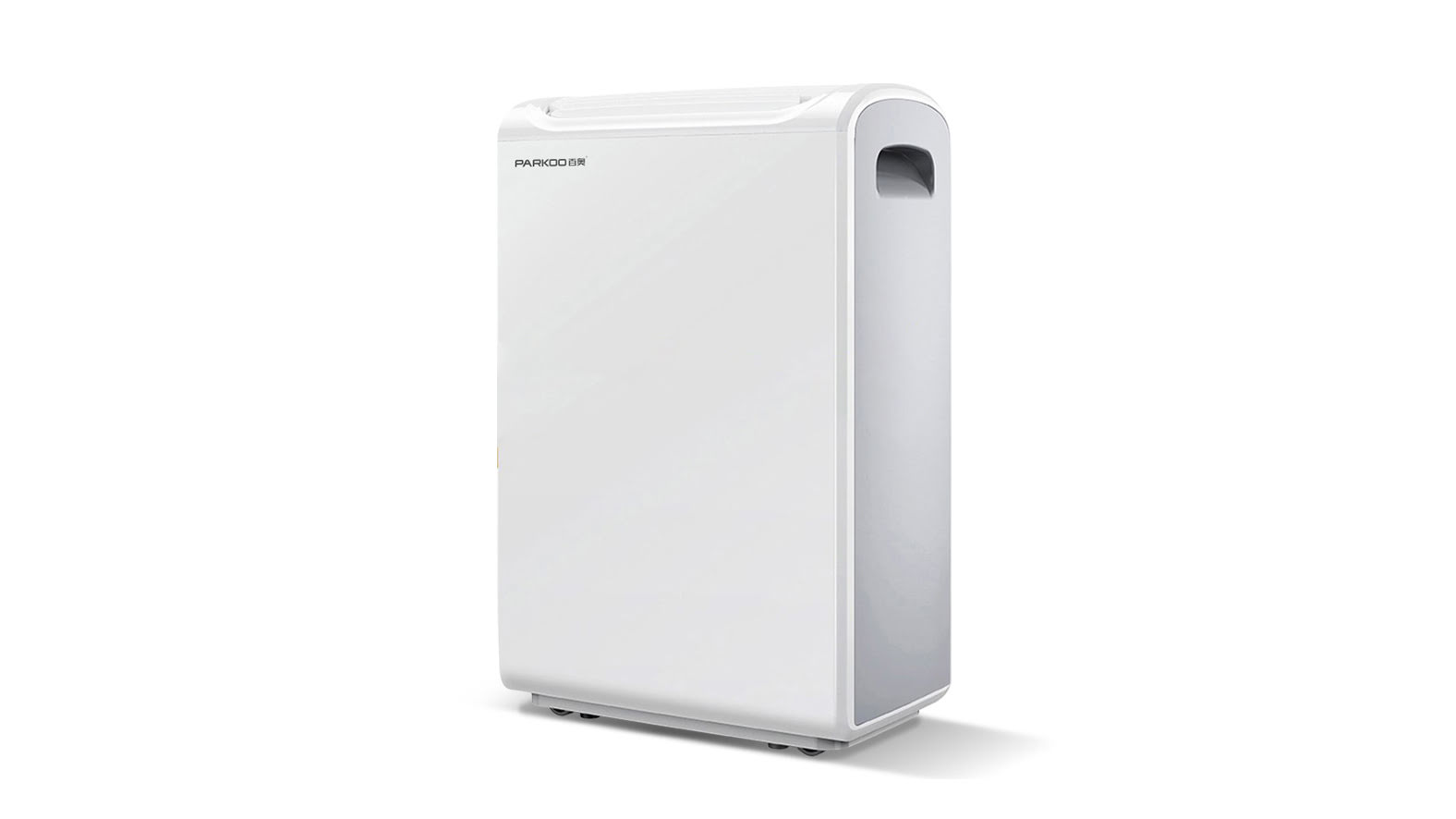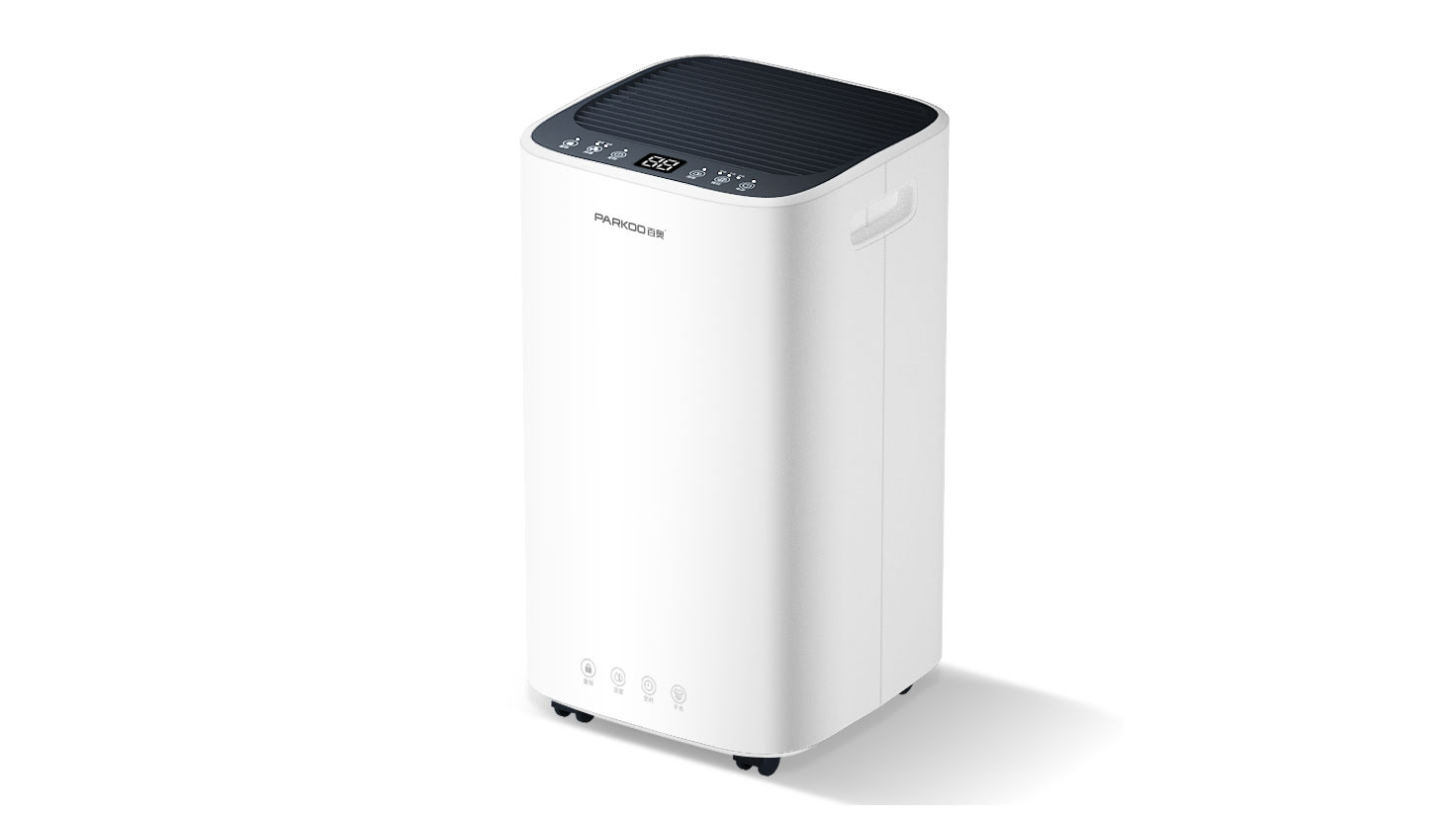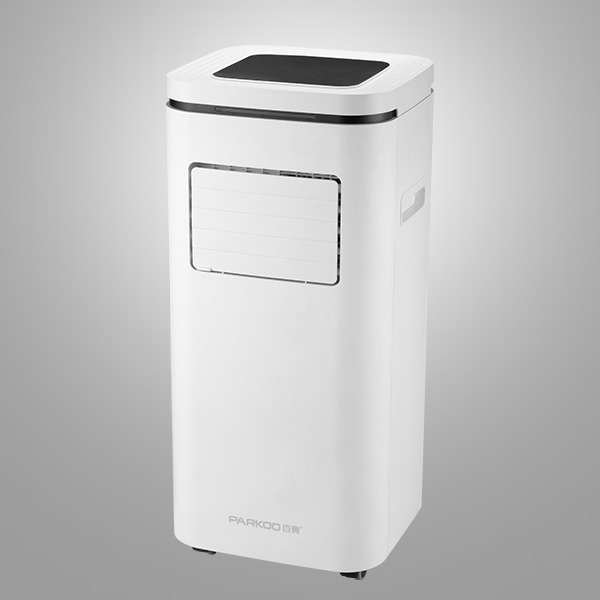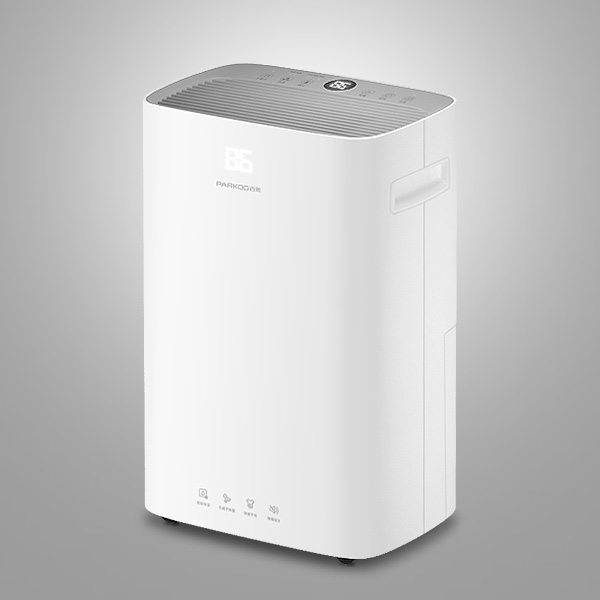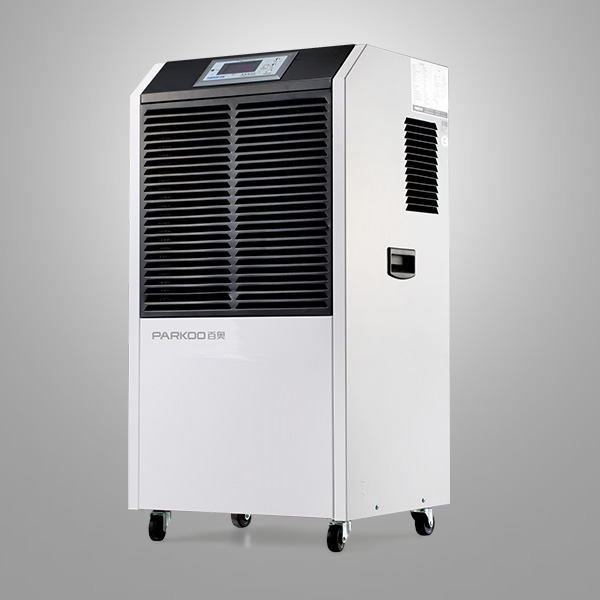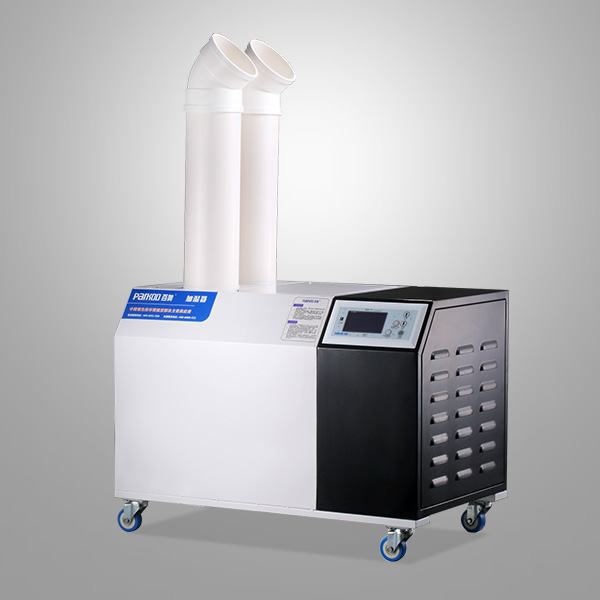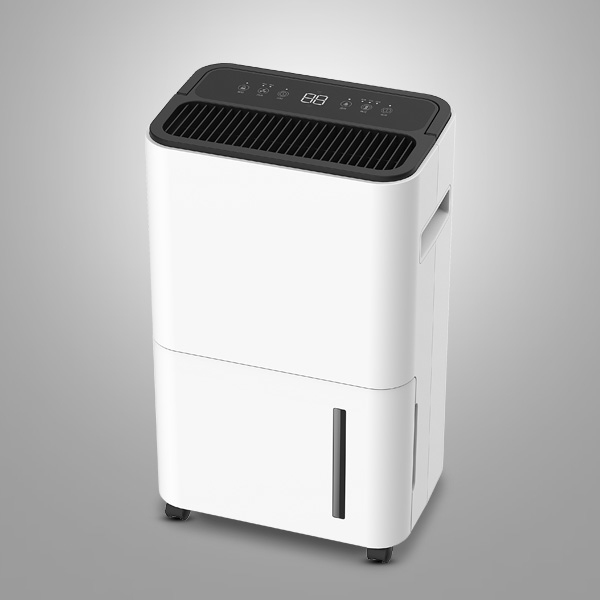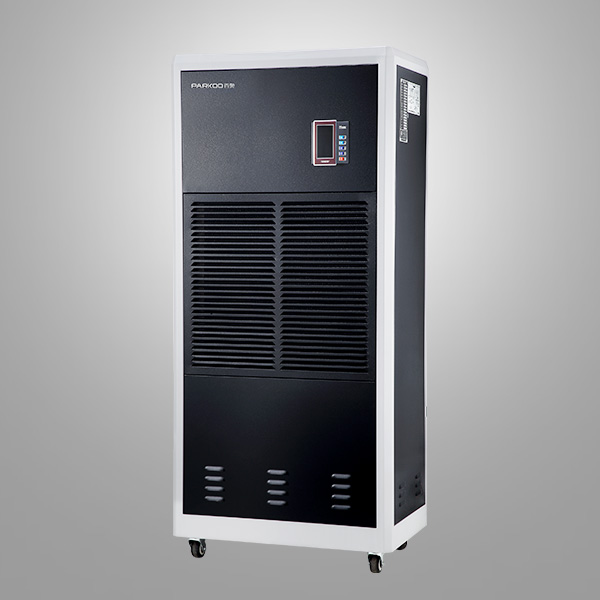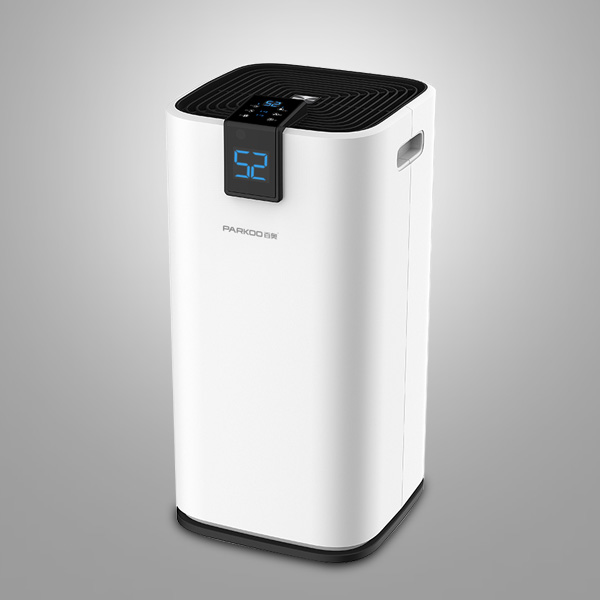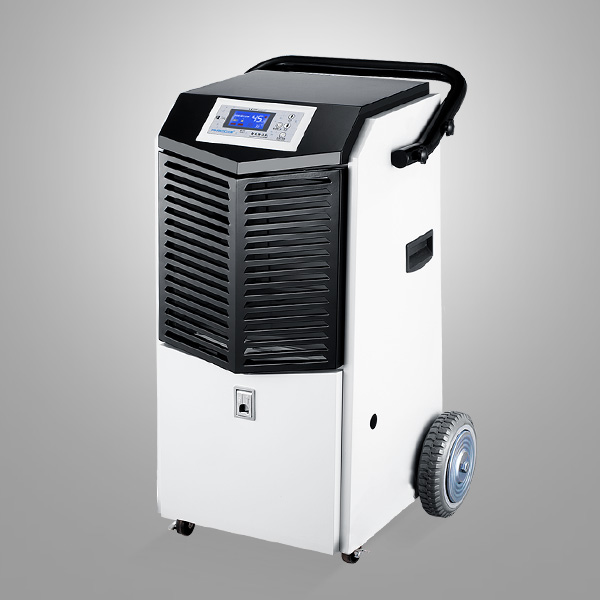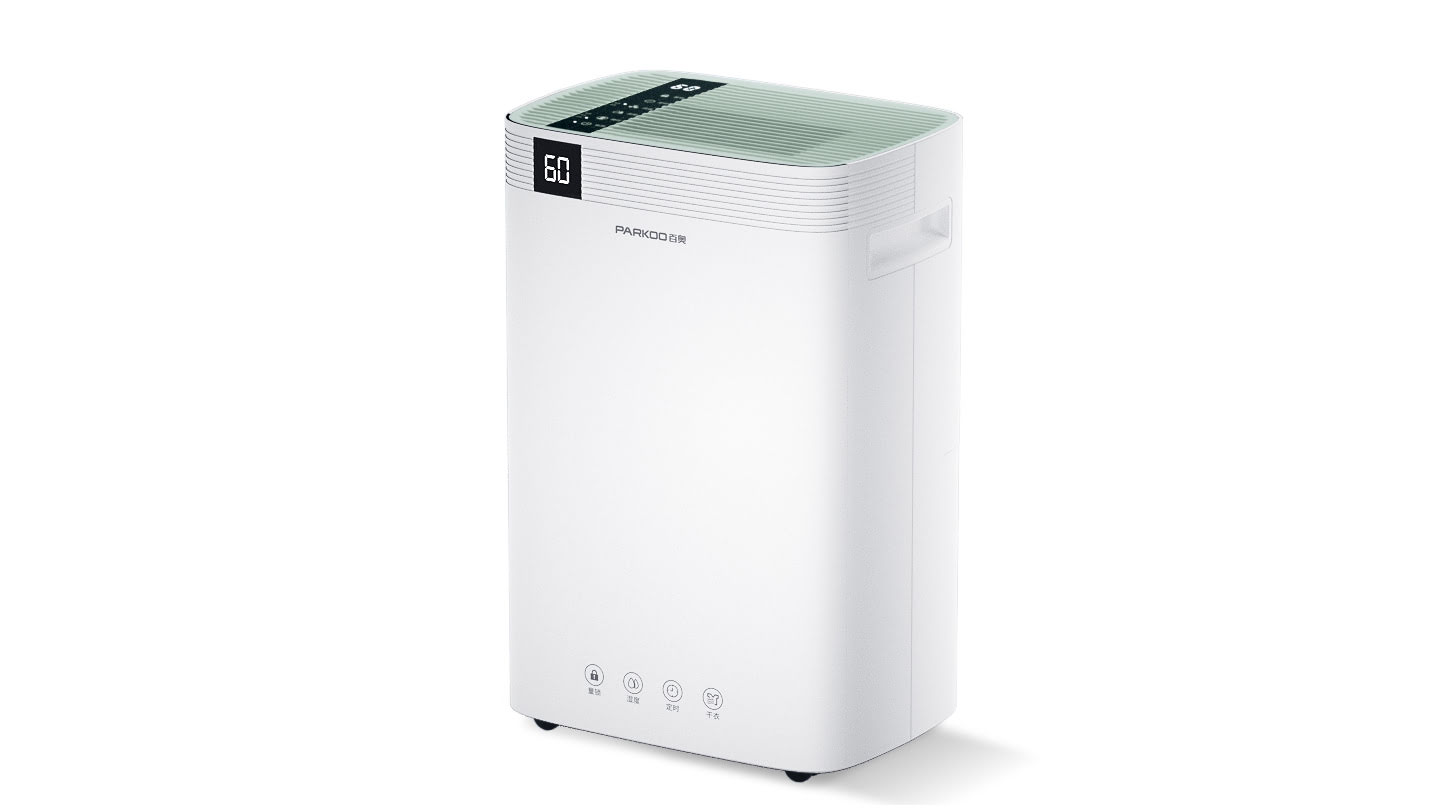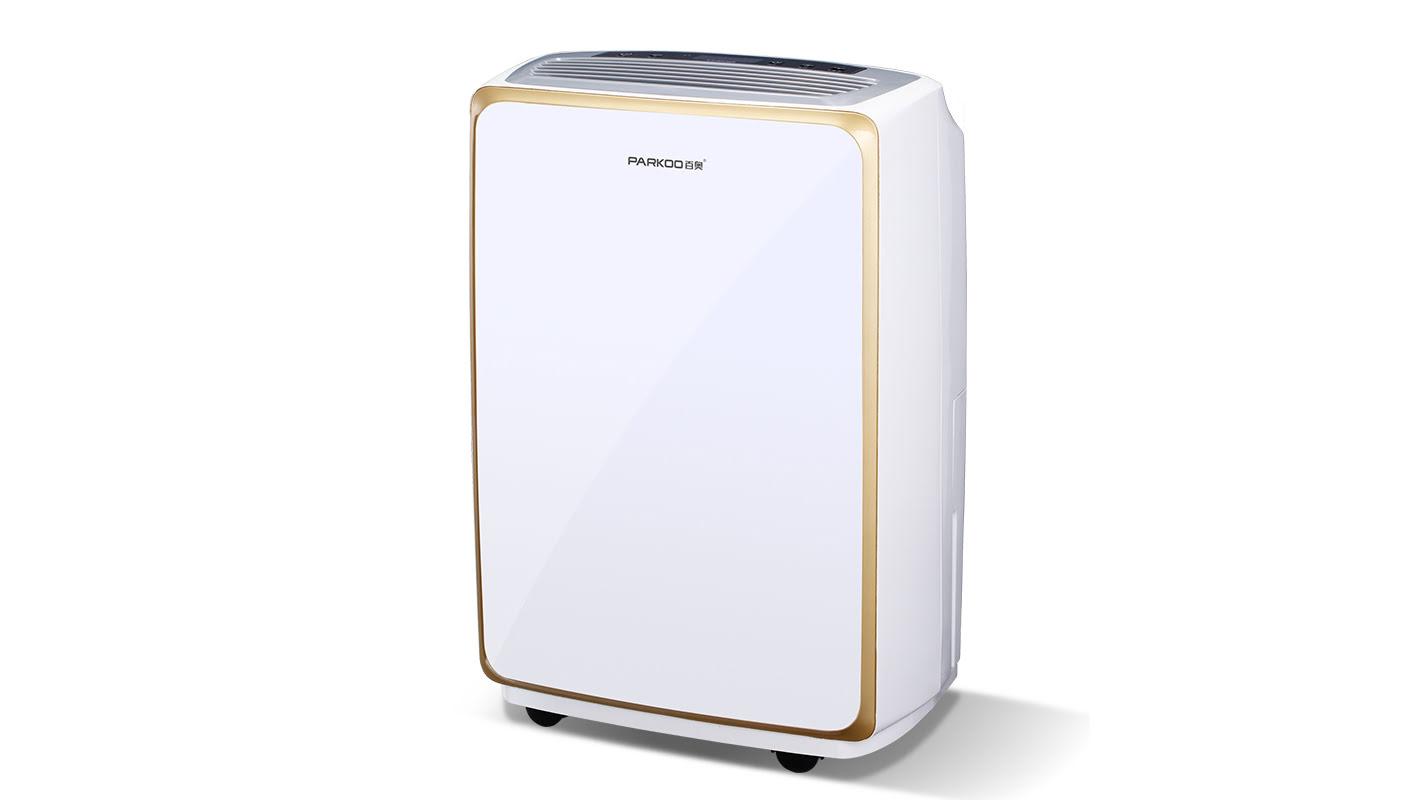HuMidity control in the engine testing room
The engine testing room is a facility for developing and testing Automotive engines. High humidity can affect the operation of engine testing Facilities
The impact of uncontrolled humidity
UncontRolled temperature and humidity can affect:
The function of sensors and measuring toolsThe reasons for uncontrolled humidity
Automotive engines emit no, NO 2, N 2O 4, SO 2, CO, CO 2, and residual hydroCarbons.
. Considering the potential health hazards Caused by these gases, it is necessary to determine and quantify these emissions. The engine testing room aims to cater to this field However, when external factors such as temperature and humidity Come into play, providing accurate figures for these emissions becomes a challenging task. These hinder the operation of sensors installed for measuring discharge. In this case, the observed numbers are often inaccurate Due to temperature and humidity, the accuracy of test results is often hinderedIt is generally recommended to Keep the dew point of the laboratory at -30 º C.
It is recommended to install Industrial Dehumidifier, because they can Maintain a dew point as low as -60 º C regardless of Environmental conditions
The combination of a dehumidifier and an air conditioner can provide the necessary humidity and temperature parameters for the engine testing room.
. In the desiccant system, the process airflow passes through harmless media. The desiccant absorbs Moisture directly from the airflow
